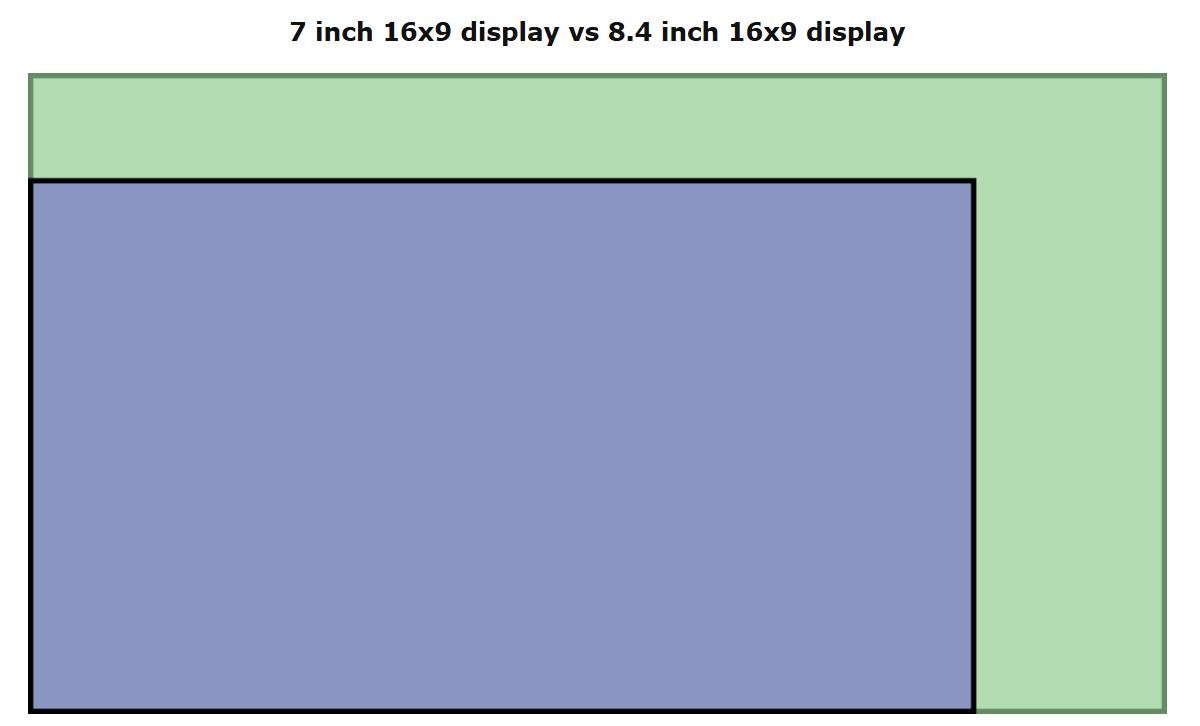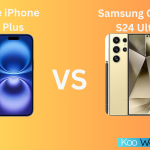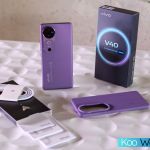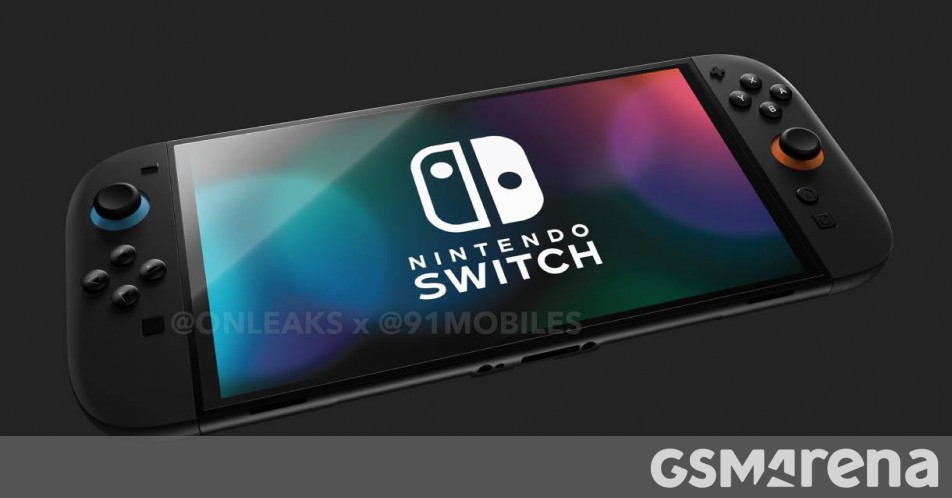The original Nintendo Switch came out in 2017 and has since become the third best-selling console of all time (behind the PS2 and Nintendo DS). The original model had a 6.2” LCD and as a mid-generation refresh, Nintendo released the Switch OLED with a 7.0” OLED display. While it’s in no rush to do so, Nintendo is almost ready to launch the second generation model and it will be even larger.




Nintendo Switch 2 (speculative renders)
CAD renders of the Nintendo Switch 2 show that it will have an 8.4” display (most likely OLED) and that it will be bigger in all dimensions. That’s a notable jump in display size with 44% more surface area. This is assuming Nintendo sticks with the 16:9 aspect, which it seems that it will. But will it increase the screen resolution from 720p to 1080p? Rumors say “yes”.
The table below shows the expected dimensions of the Switch 2 and those of the first generation models:
| Nintendo Switch 2 | Nintendo Switch OLED | Nintendo Switch | |
|---|---|---|---|
| Screen size | 8.4″ | 7.0″ | 6.2″ |
| Dimensions | 271 x 116.4 x 31.4mm | 241 x 102 x 14mm | 239 x 102 x 14mm |
| Joy-Cons | 40.8 x 116.4 x 31.4mm | 35.9 x 102 x 28.4mm | |
The Joy-Cons will be removable, though with an improved attachment method (which you can see in the image above). Still, they are taller, wider and thicker than the first-gen Cons, which should improve ergonomics (the original Cons were always a bit small for adult hands). That said, the controls are the same and with the same layout too.
By the looks of it, the Switch 2 has a USB-C port on the bottom with alignment holes for the dock. Interestingly, similar holes appear on top too. It’s not clear what that’s about.

Anyway, there are also vent holes on top, so the chipset will be actively cooled. A recent leak suggests that the console will be powered by the Nvidia Tegra T239. That’s a chip from 2023 with a Cortex-X1, three Cortex-A78 and four Cortex-A55 cores and an Ampere GPU with 1,536 CUDA cores. Note that this T239 in particular has been shrunk to a 5nm node.
For comparison, the original Switch used a Tegra X1/X1+ on a 20nm/16nm node and had only four Cortex-A57 cores and a Maxwell GPU with 256 CUDA cores.
We’re not sure what to make of the reported 31.4mm thickness – that will be more than double the thickness of the original Switch. It could be a mistake or Nintendo could have put a huge battery inside.





